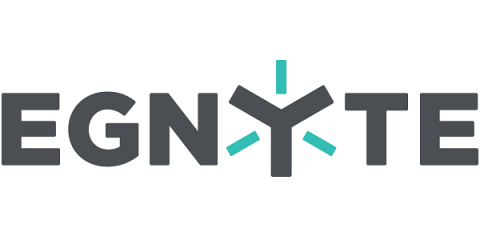Security | Threat Detection | Cyberattacks | DevSecOps | Compliance
File Sharing
Why Construction Companies are Overhauling the Jobsite & Looking for More than Just File Sharing
Murphy’s Law (“Anything that can go wrong will go wrong”) hangs over every jobsite like a dark cloud. When you’re dealing with massive construction projects being overseen by scores of project managers and swarms of subcontractors—all of whom are dealing with highly intricate details and a deluge of documents—the opportunities for snafus to rear their ugly little heads are in no short supply.
5 Advantages of Deploying a Data Governance Solution
The explosion of unstructured content is undeniable, and this growth is being fueled by businesses. The files that keep the wheels of business turning — documents, spreadsheets, images, PDFs — double in volume every 1-2 years. As unstructured content becomes more integral to business gets done, its value grows too. As it goes with anything of value, it becomes highly coveted, even to the point that others try to steal it. So what is a business to do?
5G is Coming - Are You Ready?
The world enabled by 5G is on the horizon. AT&T and Verizon have already started rolling out their 5G networks, using a combination of new and existing technologies, such as WiFi, LTE, etc. These 5G networks promise speeds north of 10Gbps, which means they are capable of delivering an online experience that is at least 1000 times faster than what we are used to today, with 4G.
3 Reasons Businesses Prefer G Suite for Collaboration
Collaboration is the lifeblood of business. It is how we facilitate information flow between individuals and teams, it has a direct impact on productivity, and at the end of the day, it dictates the success of businesses as a whole. In the modern day business environment we have all become hyper-focused on speed, i.e. how do we get our work done as quickly as possible?
3 Ways Using PlanGrid and Egnyte Boosts Construction Productivity
When it comes to sorting through project information, most construction professionals waste more time than you think searching for the right data. In fact, it eats up around 5.5 hours a week on average, according to a recent study by FMI.
5 Ways Egnyte + Smartsheet Are Boosting Productivity
Picture this. You are a young and thriving architecture and engineering firm with over 160 employees in 13 offices across the US. You handle national rollouts for some of the most recognizable restaurants, big box chain retail stores, banks, and grocery stores.
Protect What Matters
The Safe (and Unsafe) Ways to Use Public Links for Collaboration
Earlier this week security firm Adversis published an article that exposed a vulnerability with a consumer-grade file sharing provider, which was created by the use of public links. For those who may not be familiar, many content collaboration solutions allow users to create links to one or more files or folders that can easily be shared internally or externally via text, email, social media, etc. (more info on links).
There is no Artificial Intelligence without Machine Learning
Machine learning (ML) technology has the potential to generate tremendous value for businesses. It is already proving itself in the market and powering a growing number of tools across virtually every industry. In order to discuss the current capabilities of ML, we must first examine how it relates to artificial intelligence (AI). Then, we can explore where ML software is today, its real-world applications, and how it’s transforming business.




